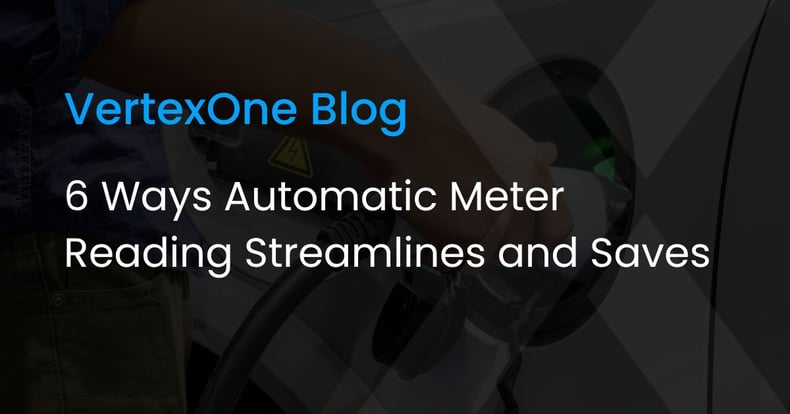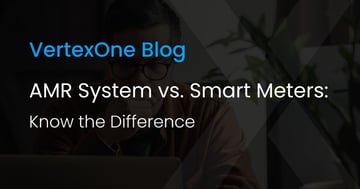
Water and energy utility providers can use automatic meter readings (AMRs) to collect consumer usage data from meters. This technology can remotely collect consumption levels and status data from consumers’ meters, resulting in a more accurate and streamlined billing process.
Once gathered, this usage data is transmitted with a device that uses radio frequencies from nearby cellular or radio towers. Then, the information is received by the water or energy utility’s billing system. Once there, meter data management (MDM) can flag any potential issues or inconsistencies, monitor or analyze use, and produce accurate bills based on actual consumption rather than estimates from manual bi-monthly or quarterly readings.
How do automatic meter readings benefit the utility and customer?
Remote meter reading saves energy and water utility providers significant time and resources. Previously, meters required physical readings conducted through trips to residences and businesses. Now, automated meter reading can track consumer usage through truck rolls.
With truck rolls, workers just have to drive by the location without exiting their vehicles instead of taking periodic trips to individual meter locations. Additionally, billing data is based on real-time consumption instead of previous or predicted estimates.
Here are six ways that automatic meter reading can benefit utility providers:
1. Improved Accuracy in Usage Measurement
Boosted accuracy results in precise billing and decreased customer complaints, leading to fewer incoming calls to the utility’s customer service department about incorrect readings, issues, and more.
2. Lower Overall Labor Costs
Not only does AMR save utilities the cost of visiting each location of physical meters, but it also reduces incoming customer complaints about incorrect usage and labor errors. This allows your customer support staff to devote more time to resolving complex issues.
3. More Efficient Dispatch of Repair Crews
With more efficient responses to service requests, you get quicker resolutions following outages, service disruptions, and more.
4. Quicker Service Restoration
Real-time alerts help utilities identify service disruptions or outages as soon as they occur and dispatch crews and field workers immediately to resolve issues.
5. Automated Alerts and Updates
With these notifications, field technicians and customers get the information they need before, during, and after assignments or service restorations.
6. Faster and More Accurate Billing
AMR allows utilities to monitor and manage customers’ consumption in real-time. This helps them produce bills that are free of errors and unnecessary charges and accept flexible and user-friendly payment options.
What are the differences between AMI and AMR?
Although they may sound similar and offer some of the same benefits, automatic meter reading and advanced metering infrastructure (AMI) are two different things. Like AMR, AMI provides functions to utilities that once had to be performed manually, such as the ability to automatically and remotely measure consumption.
However, AMI can also connect and disconnect services, detect meter tampering, and monitor voltage. For water utilities, it can even detect minor customer leaks or large-scale system leaks remotely, which can prevent future disasters like broken pipes or infrastructure failures.
Additionally, AMI uses two-way communication to collect information, whereas automatic meter readings gather data at regular intervals and cannot start or stop services.
Due to fewer features, AMR may offer more benefits to smaller utilities. Conversely, AMI—which tends to be more expensive due to more features—may be more beneficial to larger utilities.
Get the information you need.
Evolving customer expectations have forever altered the role a customer information system (CIS) plays in the day-to-day processes of a utility. Learn more about how the right CIS features can help your utility stay current and keep your customers happy. Click here to access our guide, More Than A Utility Billing System: How a Customer Information System Can Excel.





